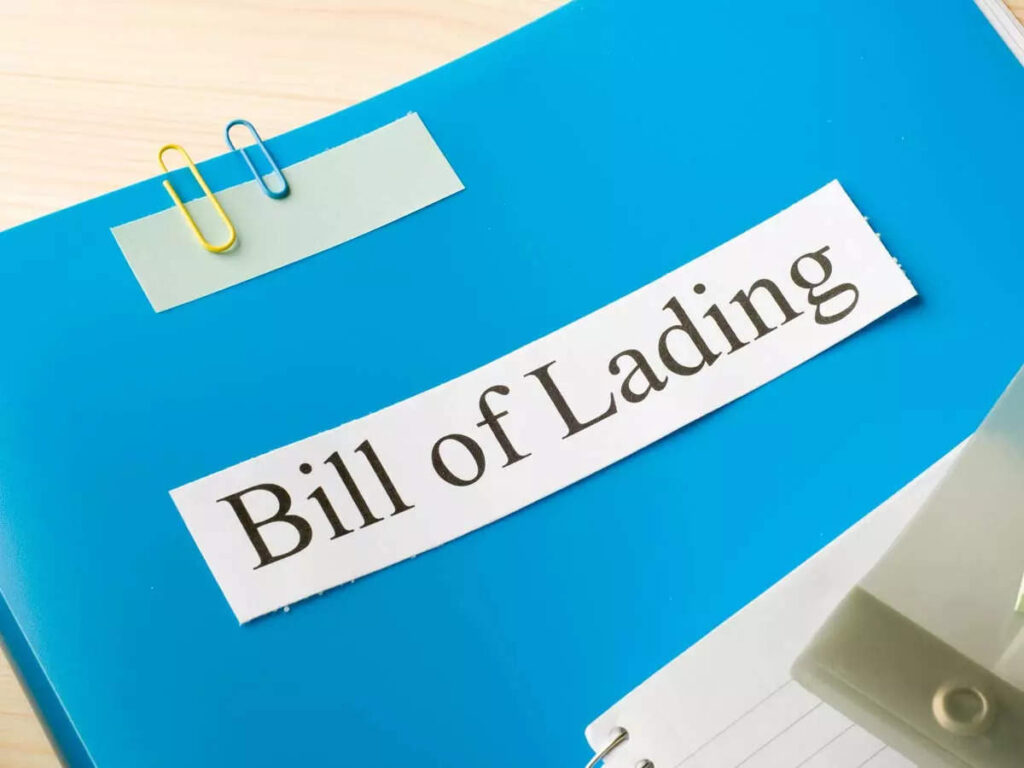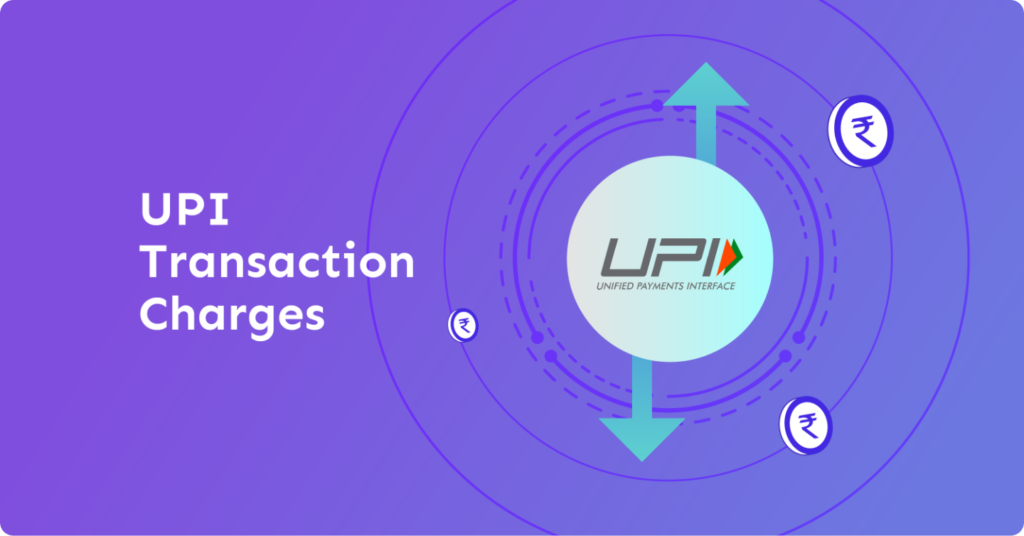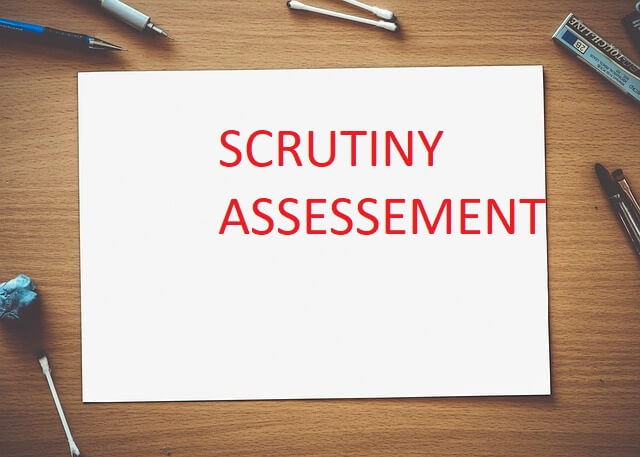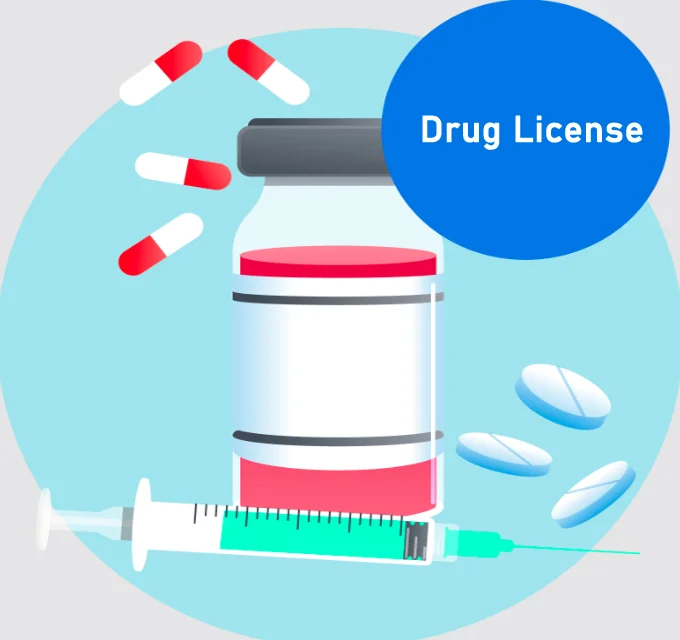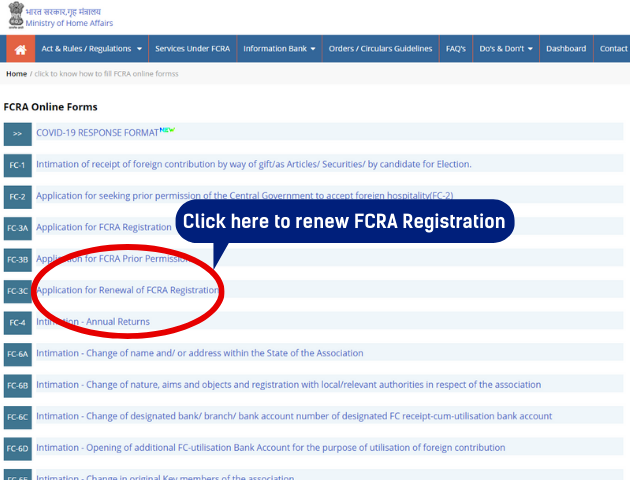Types of Bill of Lading
A bill of lading (BL or BoL) is a legal document that’s issued by a transportation company to a shipper. It details the type, quantity, and destination of the goods being carried. A bill of lading also serves as a shipment receipt when the carrier delivers the goods at a predetermined destination. This document must accompany the shipped products no matter the form of transportation. It must be signed by an authorized representative from the carrier, shipper, and receiver. What is Bill of Lading ? A Bill of Lading is essentially a contract of carriage between the Shipper, Consignee, and Carrier stating the terms and conditions of carriage. Shipments cannot be executed without a Bill of Lading. BoLs must be issued for goods to travel from Point A to Point B. They are legally binding documents, and they often serve as proof of ownership over the goods being carried. A bill of lading is issued by the carrier and, in doing so, he acknowledges that the goods have been received from the shipper/exporter in good condition. Contents of Bill of Lading Names and Addresses – In this section, the full names and addresses of both the shipper and the receiver should be mentioned so it would be straightforward to locate the document. Purchase Orders or Special Reference Numbers – These numbers are considered essential to the business in terms of freight that has to be released for pickup or accepted at delivery. Special Instruction – Under this section, all the instructions for carriers, not for extra service requests, like a lift gate or delivery notification, are taken down. Date – The pickup date will be mentioned here to track the freight when shipping invoices are composed. Description of Items – All shippers must note the number of shipping units, the dimensions and weight, and the description of the material and its makeup. Packaging Type – Items such as cartons, crates, pallets, and drums used when shipping must be noted. NMFC Freight Class – Freight classes impact the cost of the shipment. In general, freight shipments are divided into 18 categories based on weight, dimensions, density, storage capability, ease of handling, value, and liability. Department of Transportation hazardous Material Designation – Hazardous shipments must be mentioned, and special rules and requirements are applicable while shipping. Purpose of Bills of Lading The carrier does not require to submit all the originals before the delivery. The exporter has to retain control over the complete set of the sources until the payment is effected, a bill of exchange is accepted, or some other assurance for the price has been made. Therefore, an account of lading is significant when making shipments. The bill acts as an agreement between a carrier and a shipper for the transportation of goods, and on other conditions, it serves as a receipt issued by a page to the shipper. Types of Bill of Lading Clean Bill of Lading A clean Bill of Lading is issued by the Shipping Company or its agents without any declaration of the defective Constitution of the goods/ packages taken on Board/ stuffed in containers. Received for Shipment Bill of Lading A received Bill of Lading is a document issued by a carrier as evidence of receipt of goods for shipment. It is given before the vessel loading and is not an onboard bill of lading. Through Bill of Lading Bills of Lading are more complex than most BOLS. The document permits the shipping carrier to pass the cargo through several modes of transportation or several distribution centers. Depending on the destination, this bill includes an Inland Bill of Lading and an Ocean Bill of Lading. Claused Bill of Lading A claused Bill of Lading is issued when the cargo is damaged, or the quantity goes missing. Container Bill of Lading A container Bill of Lading is a document that gives information about goods delivered in a safe container or containers from one port to another. House Bill of Lading A House Bill of Lading is a document generated by an Ocean Transport Intermediary freight forwarder or non-vessel operating company. The paper is an acknowledgment of the receipt of shipped goods issued to the suppliers when the cargo is received. This Bill of Lading is also known as the Forwarder’s Bill of Lading. Master Bill of Lading A Master Bill of Lading is a document created for shipping companies by their carriers as a transfer receipt. The document specifies the terms required for transporting the freight, details of the consignor or the shipper, the consignee, and the respective person who possesses the goods. Charter Party Bill of Lading A Charter Party Bill of Lading is an agreement between a charterer and a vessel owner. The vessel’s charterer issues the document to the shipper for the goods shipped on board the vessel. Multimodal Transport Document/ Combined Transport Document A multimodal Transport Document or Combined Transport Document is a type of Through Bill of Lading that involves a minimum of two different modes of transport, land or ocean. However, the modes of transportation can be anything from freight boats to air. Stale Bill of Lading A stale Bill of Lading is presented for negotiation after 21 days from the date of shipment or any other date/ number of days stipulated in the documentary credit. Short-term/ Blank Back Bill of Lading A short-term or Blank Back Bill of Lading is issued when the detailed terms and conditions of the carriage contract are not given on the body of the Bill of Lading or the back of the Bill of Lading. Straight Bill of Lading A straight Bill of Lading indicates that the goods are consigned to a particular person and are not negotiable free from the existing equities. This means that an endorsee acquires no better rights than those the endorser holds. This bill is also called a non-negotiable bill of lading. At the same time, this type of lading is unsafe from a banker’s perspective. Order Bill of Lading Order Bill of Lading is
Types of Bill of Lading Read More »
